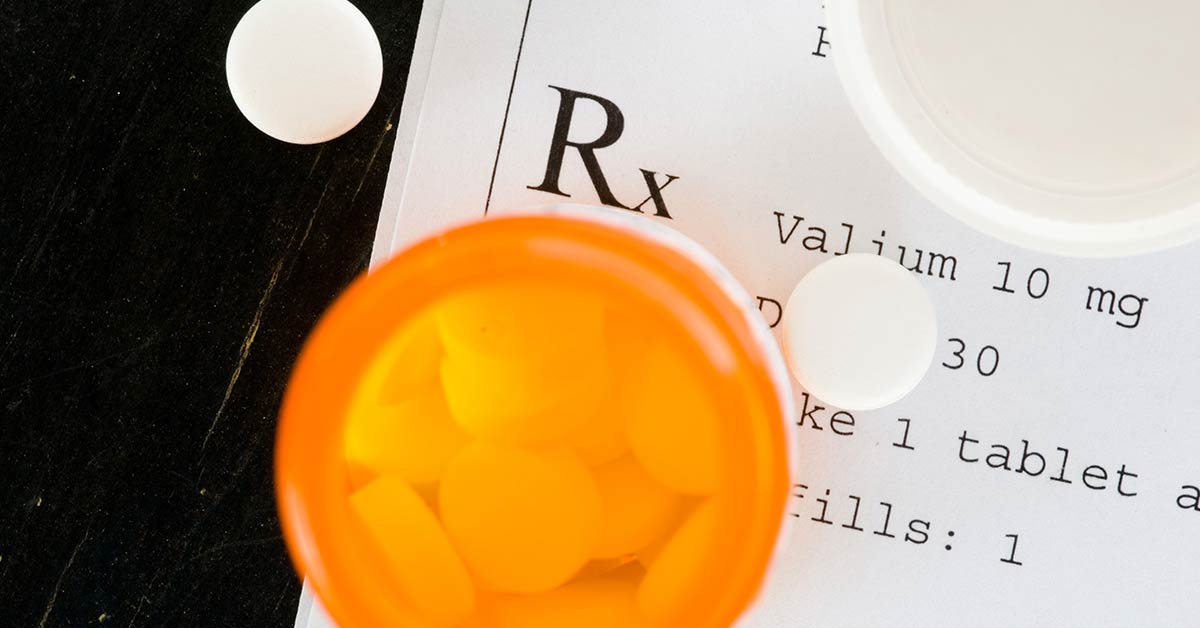Help Prevent the Misuse of Opioids
- Category: Health & Wellness, Pain Management
- Posted On:
- Written By: Nora Wallace

According to the National Institute on Drug Abuse, more than 115 people die every day in the U.S. after overdosing on opioids.
On August 31, International Overdose Prevention Day brings attention to the crisis by spreading information about substance use disorders and treatment options. Addiction to opioids, including heroin, fentanyl and prescription pain relievers (oxycodone, Percocet, methadone, codeine) causes an estimated $78.5 billion in “economic burden” in the U.S. annually, including the cost of healthcare, addiction treatment, lost productivity and criminal justice costs.
According to the Centers for Disease Control, the quantity of prescription painkillers prescribed and sold in the U.S. has nearly quadrupled since 1999 with similar statistics for the increase in the number of people becoming addicted to narcotics. Almost 7,000 people are treated in emergency departments every day in the U.S. for using these drugs in a manner other than as directed.
Because opioid misuse and addiction is considered a national health epidemic, groups such as the American Medical Association and the Substance Abuse and Mental Health Services Administration are working to educate the public and physicians about the crisis.
As one way to help, the Substance Abuse and Mental Health Services Administration, or SAMHSA, provides a guideline called “Finding Quality Treatment for Substance Use Disorders.”
The guideline notes three steps to accessing care are:
- If you have insurance: Contact your insurer. Ask about your coverage and whether they have a network of preferred providers for you to use.
- If you don’t have insurance: Each state has funding to provide treatment for people without insurance coverage. Find where to call for information about payment for services at samhsa.gov/ sites/default/files/ssa-directory.pdf
- Call for an appointment. If they can’t see you or your family member within 48 hours, find another provider. One indicator of quality is the ability to get an appointment quickly. Many programs offer walk-in services. Look for programs that can get you or a family member into treatment quickly.
There are some key signs to consider in deciding about the quality of a treatment program and the types of services being offered. Those in need should look for programs offering a full range of services for treatment – and recovery.
One of the key indicators is accreditation. If you are considering a program, look to see if the program has been licensed or certified by the state. Determine if the program is currently in good standing and whether the staff are qualified. According to SAMHSA, good quality programs will have a good inspection record and both the program and the staff should have training in treatment of substance use and mental disorders and be licensed or registered. Also check whether the program conducts satisfaction surveys and read up on how people have rated their services.
Another sign of quality treatment programs is evaluating medication. Does the program offer FDA-approved medication for recovery from alcohol and opioid use disorders? Currently, there are no FDA approved medications to help prevent relapse from other problem substances.
A third way to determine whether a program is above board is to consider evidence-based practices. Does the program offer treatments that have been proven effective in treating substance use disorders? That includes medication management therapies such as motivational therapy, cognitive behavioral therapy, drug and alcohol counseling, education about the risks of drug and alcohol abuse and peer support.
The involvement of families is a fourth way to determine the quality of treatment. Does the program include family members as part of the treatment process?
And finally, look at support. Does the program provide ongoing treatment and support beyond the surface treatment of the substance abuse issues? For many, addiction is a chronic condition and may require ongoing medication and support. Quality programs provide long-term treatment, such as counseling, recovery coaching, sober housing and continued family involvement.
Much more information is available at samhsa.gov. A substance use and mental health treatment locator is available at https://findtreatment.samhsa.gov or by calling 1-800-662-HELP.
And, as always, for a drug or alcohol use emergency, call 911 or go to the nearest emergency room.






